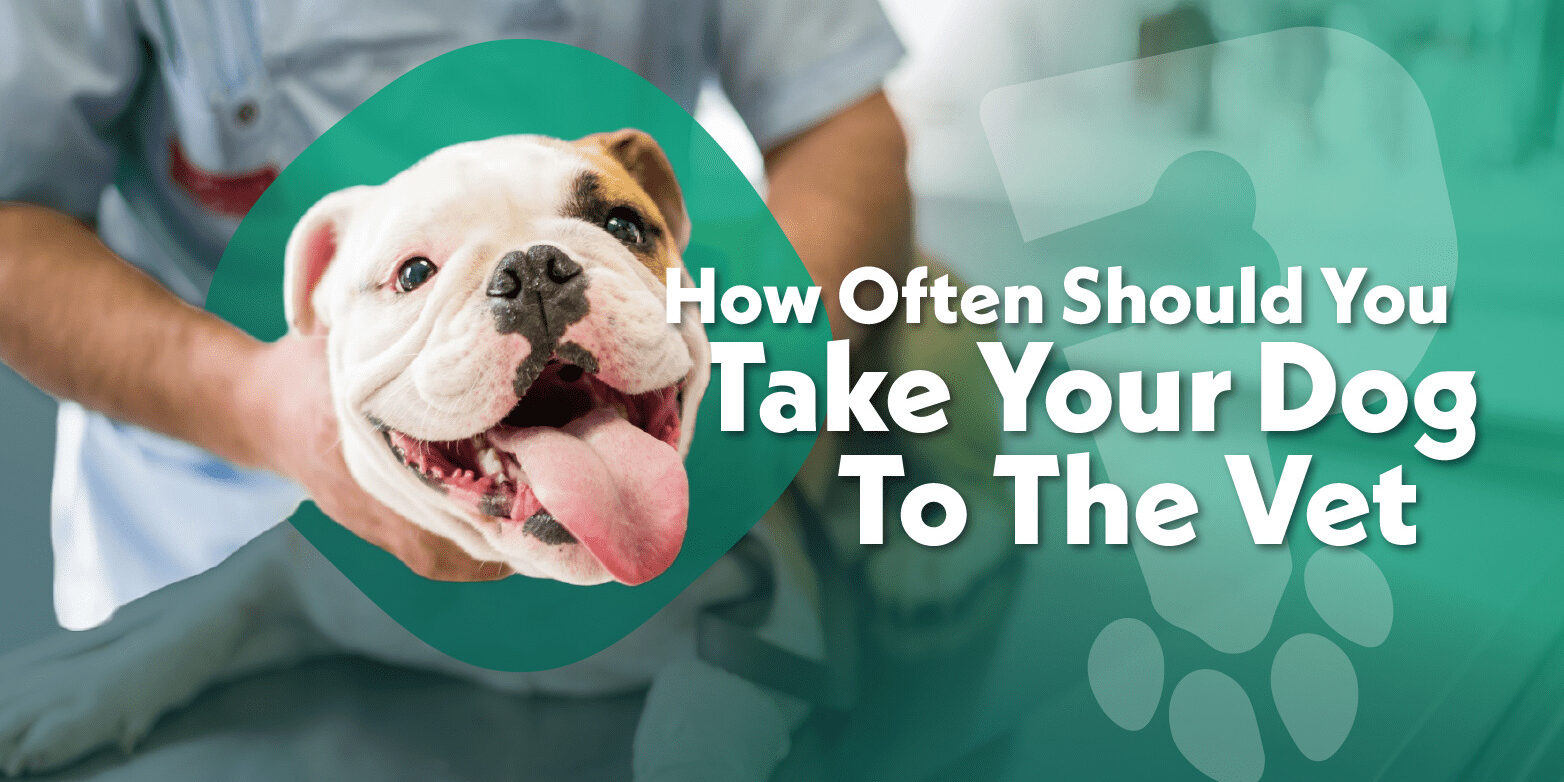Types of Service Animals: Which One is Best for You? (2026 Guide)

Different types of service animal provide people with disabilities companionship and invaluable assistance. These animals are specially trained to perform tasks to enhance their handler’s autonomy and quality of life.
Yet, service animals come in all shapes, sizes, and breeds. Each type caters to different physical, sensory, and mental health conditions.
This guide will walk you through the different types of service animals. We’ll highlight their unique roles and how they can support individuals with disabilities.
What is a Service Animal
A service animal is trained specifically to perform tasks for people with disabilities. More often than not, it’s a highly trained service dog. In some cases, a miniature horse can fit the bill.
According to the Americans with Disabilities Act (ADA), these animals are essential for people with physical, sensory, psychiatric, intellectual, or mental health disabilities.
Their training allows them to assist with the specific needs of the handler. Think guiding the blind, alerting the deaf, or supporting those with mobility challenges.
The type of disability does not limit the use of service animals. It’s defined by the daily tasks and the disability-related challenges they must perform.
Service dogs and other assistance animals are characterized by their behavior in public. How they respond to their handler also matters. The same goes for their ability to work or perform tasks not directly related to the handler’s disability.
They are not pets because they are specially trained. They play a big role in improving the handler’s independence and quality of life.
Types of Service Animal
Service animals are more than companions. They are trained to perform specific tasks that assist individuals with disabilities. This way, they improve their daily lives and independence.
Here’s a closer look at the various types of service animals. Each type supports their handlers in unique and invaluable ways.
Psychiatric Service Animals
Psychiatric service dogs are trained to assist individuals with mental health disorders. That includes people with severe depression, or disorders such as anxiety, and bipolar disorder.
They perform specific tasks, including interrupting harmful behaviors. They may remind their handler to take medication.
Some of these animals provide deep pressure therapy during panic attacks. Their presence offers a sense of safety and grounding for their handlers.
Guide Animals
Guide animals assist individuals who are blind or have significant visual impairments. They are dogs in most cases.
They help navigate obstacles, cross streets safely, and find specific locations. The independence they provide enhances their handlers’ quality of life and confidence.
Hearing Animals
Hearing animals help individuals who are deaf or hard of hearing. They alert them to sounds like doorbells, smoke alarms, or ringing phones.
They touch their handler to gain attention and then lead them to the source of the sound. This ensures their safety and facilitates everyday tasks.
Diabetic Alert Animals
These animals are trained to detect changes in blood sugar levels through scent. They alert their handlers to high or low blood sugar before it becomes dangerous. This way, the diabetic can take timely action and prevent emergencies.
Allergy Detection Animals
Allergy detection animals are trained to sniff out direct-threat allergens. They can then alert their handlers to their presence in food or the environment.
Mobility Assistance Animals
Mobility assistance animals help individuals with physical disabilities by opening doors. They can also retrieve items and even help with undressing. Their support can minimize the need for human assistance, improving the handler’s independence.
Anxiety Service Animals
These animals are trained to provide comfort and support to individuals experiencing anxiety. They can perform tasks like applying pressure therapy to calm their handler. An anxiety service animal can guide the handler to a quieter space. This is especially helpful when they are overwhelmed with anxiety symptoms.
PTSD Service Animals
These serve as an emotional support animal to individuals dealing with Post-Traumatic Stress Disorder. PTSD service animals can help interrupt flashbacks. Some provide a physical barrier in crowded spaces. They also offer tactile stimulation to help ground their handler back to the present.
Some people also have Emotional Support Animals to help with PTSD, these companions might help with difficult emotional conditions, such as loneliness and anger episodes.
Autism Support Animals
These support animals assist individuals with autism by improving social interactions. They help reduce instances of self-harm and calm their handlers during overwhelming situations. Autism support animals generally help their handlers navigate social settings and routines.
Medical Service Animals
Medical service animals are trained to assist with various medical conditions. They can detect specific changes in their handler’s health, fetch medication, or anything in between.
They can be individually trained for various tasks tailored to the individual’s medical needs.
Seizure Alert/Response Animals
These animals can predict an impending seizure and alert their handler. This allows them to seek a safe space or position. Post-seizure, they can also seek help or stay with their handler to ensure comfort and safety.
FASD Service Animals
FASD service animals assist individuals affected by Fetal Alcohol Spectrum Disorders. They manage symptoms like sensory processing issues and difficulties in social settings. They provide stability and a non-judgmental presence that supports emotional and social development.
Cardiac Alert Animals
These animals are trained to detect changes in heart rhythm or the onset of cardiac events. Their alerts allow for early intervention and potentially life-saving measures.
Emotional Support Animals
Emotional support animals (ESAs) are not considered service animals under the ADA. However, ESAs provide comfort and support to individuals with emotional or psychological challenges, and you can formally register this animal with an ESA letter. They do not require specific task training like service dogs.
ESAs are Exempt from Pet Fees for Housing |
According to the FHA, Emotional Support Animals and Service Dogs are exempt from any pet fees, deposits or pet rents. |
What Are the Service Animal Requirements?
Service animals are trained to perform tasks essential for people with disability. They help their handlers achieve independence and a better quality of life.
They are guided by strict training, behavior standards, and eligibility criteria. This ensures they provide support, safety, and companionship to those in need.
- Eligibility: The Americans with Disabilities Act defines who qualifies for a service animal. People with physical, sensory, psychiatric, or intellectual disabilities may be eligible. They must have a documented need for the animal to perform tasks directly related to their disability.
- Training: Service animals undergo extensive training to perform tasks that assist their handlers with their disabilities. This training is tailored to meet the specific needs of the handler, whether it’s guiding someone visually impaired, alerting someone who is deaf, pulling a wheelchair, or providing support with mobility or balance. The animal must be trained to perform these tasks reliably in various environments.
- Behavior: Service animals must behave properly in public. They cannot be aggressive, disruptive, or interfere with normal operations. They should obey commands and remain under control through leashes, harnesses, or voice. Except when this could interfere with service tasks.
- Verification: Businesses can ask two questions to verify a service animal. One if it is required for a disability. Two, what task is it trained for? They cannot require documentation or ask about the nature of the disability. They can also not demand a demonstration of the service animal’s task.
- Identification: Service animals do not legally require to wear vests, tags, or special harnesses for identification. However, many handlers use them to signal the animal is working, not a pet. This aids public recognition but is not required to access public areas.
Service animals are vital in assisting individuals with disabilities, offering them greater independence and quality of life. Their training and behavior are crucial to their effectiveness, and the guidelines surrounding service animal required their eligibility and verification are designed to protect the rights of individuals with disabilities while ensuring public safety and accommodation.
How to Get a Service Animal
We shall detail the steps involved in obtaining a service animal. Look out for how ESA Pet can assist you throughout the process.
Research Service Animal Organizations
Start by researching reputable service animal organizations in your area or online. Look for organizations that have experience training service animals for your specific needs.
Some specialize in guide dogs for the blind, while others focus on hearing dogs for the deaf. Some train psychiatric service animals for mental health disorders. It pays to do your homework.
Contact Potential Organizations
Reach out to the selected organizations to inquire about their application process. Inquire about the availability of service animals in training together.
Provide them details about your disability and the tasks you need help with. This will ensure they can match you with a suitable service animal.
Complete Application and Assessment
Once you’ve found a suitable organization, complete their application process. This involves providing information about your disability, lifestyle, and living situation.
You may also need to undergo an assessment or interview. It’s important to determine your eligibility for a service animal.
Attend Training Sessions
If your application is approved, attend training sessions with the organization to learn how to effectively work with your service animal. These sessions will teach you how to give commands, reinforce positive behavior, and ensure the well-being of your his or her service animal.
Obtain Necessary Documentation
After completing the training program, obtain any necessary documentation. You need an ID card to verify that your service animal behaves. A certificate says it is a trained service animal.
This documentation may be required to access certain public places with your service animal.
Utilize ESA Pet Solution for Assistance
The ESA Pet solution can assist you throughout this process by connecting you with reputable service animal organizations. They will guide you through the application and assessment process.
Their expertise in matching individuals with suitable service animals ensures you find the right companion to meet your needs and improve your quality of life.
FAQs about Types of Service Animals
What Animals Are Classified As Service Animals?
Service animals are primarily dogs. In some cases, miniature horses can also be classified as service animals under the Americans with Disabilities Act (ADA). These animals are trained to perform specific tasks. They can work directly with a person with a disability.
What Are the Most Common Service Animals?
The most common service animals are dogs. They are trained to assist individuals with various disabilities, including visual impairments.
Dogs can also help persons with hearing impairments. mobility limitations, psychiatric disorders, and medical conditions.
What Are the Two Types of Support Animals?
The two types of support animals are service animals and emotional support animals. Service animals are trained to perform tasks for a person with a disability.
Emotional support animals provide comfort and support. They help individuals with emotional or psychological challenges or mental disability.
What Kind of Dog Can Be a Service Dog?
Any breed of dog can potentially become a service dog. It all comes down to temperament, intelligence, and physical capability. They should perform the tasks required to assist their handler.
How Does My Pet Become a Service Animal?
To become a service animal, your pet must undergo extensive training tailored to your person’s disability and needs. Contact reputable service animal organizations to get started.
Once you complete their application process, be sure to attend training sessions. In the end, obtain the necessary documentation. This helps verify your animal’s status as a trained service animal.
Get your Official PSD Letter Consultation from a licensed therapist.
Get PSD Letter Now
Conclusion
It is important to understand the diverse types of service animals. They provide essential assistance and companionship to individuals with disabilities. These animals are specially trained to enhance the handler’s independence and quality of life.
Finding a suitable service animal involves thorough research, contacting reputable organizations, completing applications, and attending training sessions. Organizations like ESA Pet Solution can simplify this process, ensuring individuals find the right companion to meet their needs and improve their quality of life.






